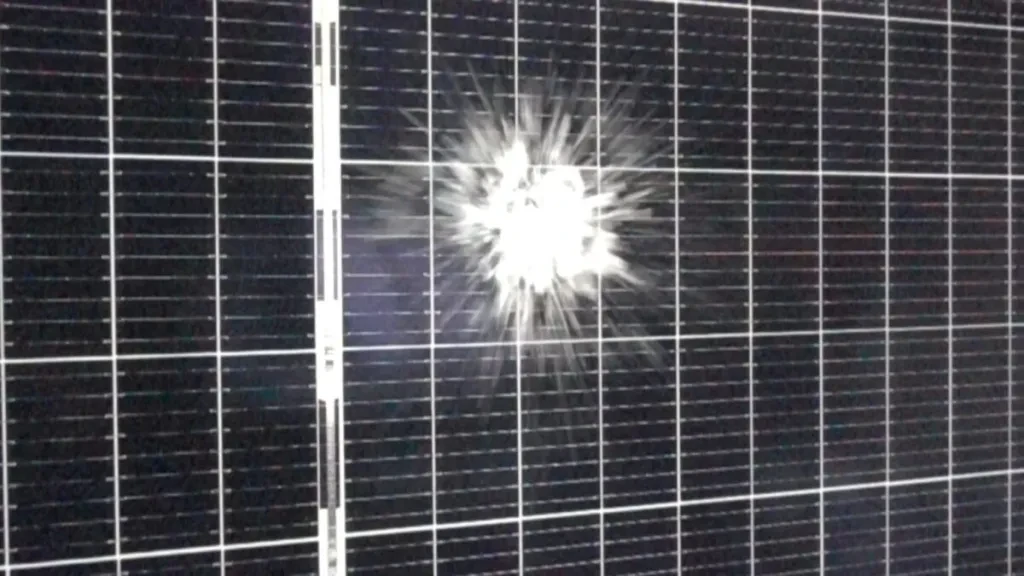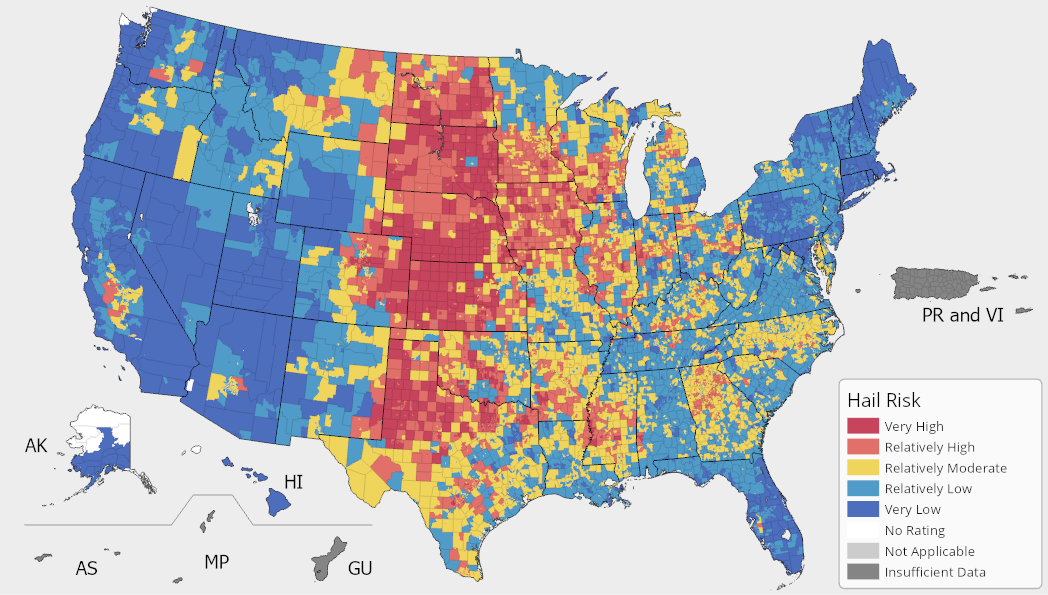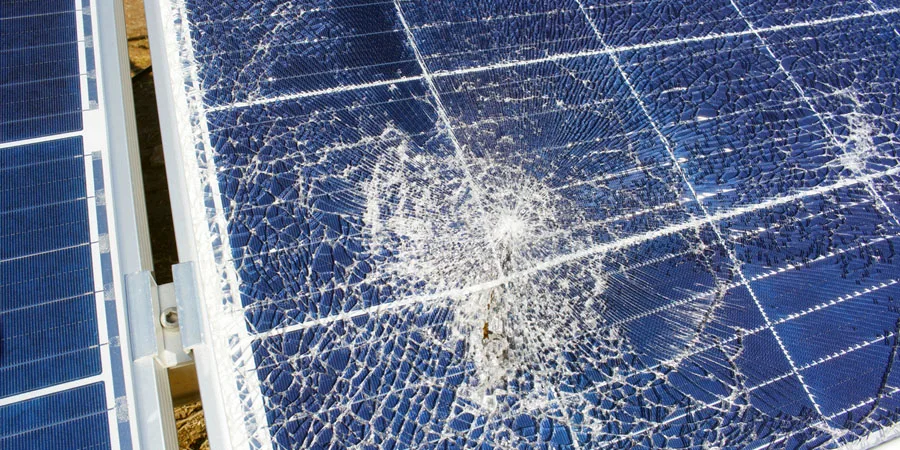US news outlets have reported resident concerns about leaked toxins from solar facilities in Texas that were damaged by a hailstorm. The Solar Energy Industries Association (SEIA) has rejected the reports, which contained categorically false information.

A hailstorm in Texas recently caused widespread damage to the Fighting Jays solar facility, a 350 MW site that ranks among the largest in the United States. News reports quickly circulated after the event, warning of the risk of cadmium telluride leaking from the cracked panels and toxifying the nearby water table.
“My concern is the hail damage that came through and busted these panels – we now have some highly toxic chemicals that could be potentially leaking into our water tables,” one Texas resident told Fox News affiliate KRIV-TV. “I have a family – two children and a wife. My neighbors have kids and a lot of other residents in the area who are on well water are concerned that the chemicals are now leaking into our water tables.”
SEIA released a report rejecting these reports, which initially reported false information.
“There are rumors swirling that the broken solar panels contain cadmium telluride. This is categorically false,” said SEIA. “The Fighting Jays solar farm was built using crystalline silicon photovoltaic cells, which do not contain that material.”
Most solar panels installed in the United States are of silicon material, a substance found everywhere in sand and quartz, and built into glassware, countertops, toys and computer equipment.
“Additionally, even if the panels did contain harmful levels of toxic substances, ‘leakage’ is not possible,” said SEIA.
SEIA explained that the panels at Flying Jay are laminated between two sheets of sealed transparent plastic, covered in tempered glass, fitted with another layer of plastic or glass on the back, and sealed in an aluminum frame.
“Even if the glass breaks and is left untouched or unrecycled, it would take decades to extract any type of substance from the broken panels,” said SEIA.
SEIA has vetted a network of solar panel recyclers that can process 10 million panels per year. Repair and repowering is also an option for some facilities.
However, there is no denying that hail risk is a legitimate issue for the solar industry, particularly for parts of Texas. Over the past five years, hail damage has caused more than 50% of total insured project losses, said hail-risk expert VDE. Though infrequent, these events can produce record losses. In 2022, hail losses exceeded $300 million in Texas alone.

SEIA said that while solar panels are not immune from natural disasters, neither are their fossil fuel counterparts. Natural gas pump stations and coal piles can freeze, power plants can flood, and storms can force nuclear power plants to shut down for weeks at a time.
While talking heads have spotlighted the Flying Jays damage as an example of solar unreliability, the storm is still producing power at partial capacity, despite the widespread damage from the peak hail event. Conversely, freezing natural gas facilities were found to be the cause of widespread outages following Winter Storm Uri in 2021, which left thousands without power and caused roughly $130 billion in near-term economic consequences.
The damage at Fighting Jays was widespread, and as hail risk for solar assets intensifies, the industry is moving to tackle this issue. A recent pv magazine webinar with VDE looked at the various strategies to reduce hail risk, including choosing the right solar panel for projects, using software-controlled stowing mechanisms that tilt the panels away from direct hail impacts, as well as other strategies. The webinar also concluded with a discussion on the Fighting Jays project and associated toxicity risks with solar panels, including those containing cadmium telluride.
This content is protected by copyright and may not be reused. If you want to cooperate with us and would like to reuse some of our content, please contact: editors@pv-magazine.com.
Source from pv magazine
Disclaimer: The information set forth above is provided by pv-magazine.com independently of Alibaba.com. Alibaba.com makes no representation and warranties as to the quality and reliability of the seller and products.




